Is tongue and groove roof sheathing more stable than OSB plywood?
tlbean2004
7 years ago
Featured Answer
Sort by:Oldest
Comments (16)
User
7 years agolast modified: 7 years agoUser
7 years agoRelated Discussions
Subfloor with Delta-FL -- OSB or plywood
Comments (11)I just finished two rooms in my basement with DriCore and I'm pretty impressed with the product. Anyone with a table saw should have a pretty easy time with it. Even though I used the Dricore shims where the floor was irregular, I still have a few places where I hear the knock of Dricore against concrete when you step on it. The laminate flooring helped, but it didn't elimate the noise. In retrospect, I think I could have done a better job to eliminate the noises with more careful shimming, but I was moving along at a fairly rapid pace and lost track. I put in enough Tapcons in the bottom plates of the walls I built to appreciate not needing them with the Dricore. Plus, the Dricore people dwell on the fact that this is a floating floor, and attaching it to the concrete wasn't recommended. I ordered the DriCore directly from the manufacturer (Home Depot had dropped them by the time I was ready to buy), so it showed up on my driveway on a pallet. After carrying 85 sheets of drywall by hand to the basement, 2x2 squares was a welcome change. I think it wound up being about $1.25/sqare foot. Bill...See MoreNew bid - Please review (newbie here)
Comments (8)That seems like a very good price. I did a quick read through, and a couple of things jumped out. There is vinyl siding, and then there is quality vinyl siding. You should get some assurances it would be the latter. $3500 seems like a good price to upgrade to fiber cement. Just make sure it isn't James Hardie brand prepainted siding. There have been a lot of reports of paint failures with that brand, especially in snow country. A 150 amp electrical service is too small by today's standards. Most homes are built with a 200 amp service. Our new home is getting a 400 amp service. Textured ceilings hide lousy sheet rock work and are almost impossible to repair properly. I suggest you insist of flat finished ceilings throughout the main level, and also the lower level, if you don't take my next suggestion. Either have the builder pour a ten foot foundation wall or go with an eight foot ceiling in the lower level. Either way. make it a dropped ceiling. Dropped ceilings provide direct access to the space above them. It's great for running new wires, access to HVAC ducts, tracing a plumbing leak, etc., without tearing the ceiling out. Good luck. It sounds like a nice home....See MoreNeed help review a Build's features
Comments (3)These features are bare minimum but some need upgrading regardless of the budget. There is no description of the footing. The foundation wall design depends on the ht. of unbalanced fill so without that info I can only suggest 10" CMU possibly with some vert rebar and non-shrink grout fill. Exterior of foundation should have at least 2" of extruded polystyrene insulation. Waterproofing of CMU wall is important and should be accurately described. Slab vapor retarder should be thicker Typar is good if installed with cap nails and all joints taped. Zip system sheathing is better. Sub floor should be AdvanTech OSB or CDX plywood for better water protection Roof sheathing should be 5/8" OSB or plywood for better nail withdrawal with full coverage ice &water shield (Grace only) for your climate. What is a lid? Sheetrock is a trade name, use blueboard veneer plaster if available. Just an observation: the content and terminology of this list seems to be from a past era. I would be a little worried about the use of up to date construction methods and systems....See MoreGluing down over osb: 3/4 engineered or 3/4 solid wood
Comments (8)Cork, as I mentioned in the earlier thread, does not need to be glued. It can be floated. That means it just sits there. Doing nothing. Minding it's own business. An engineered hardwood that is DESIGNED to be floated (must state on the installation instructions) can then be floated over top. The tongue/groove is glued (a line of glue is applied to the tongue/groove) and then pushed together. You wipe up any excess glue and then move on to the next plank. Some blue tape is then used to hold the planks together while the glue cures. It takes about a day. Once you the glue is cured, you have a fully functional floating engineered hardwood floor. Done. It is MUCH CHEAPER and much faster (almost half) than adding new sheathing and then gluing/stapling the hardwood. Whether or not you can float/staple will be clearly notated on the installation instructions....See MoreVirgil Carter Fine Art
7 years agoworthy
7 years agolast modified: 7 years agotlbean2004
7 years agomillworkman
7 years agotlbean2004
7 years agoUser
7 years agojust_janni
7 years agoVirgil Carter Fine Art
7 years agoMark Bischak, Architect
7 years agoUser
7 years agotlbean2004
7 years agoUser
7 years agoUser
7 years agolast modified: 7 years ago
Related Stories
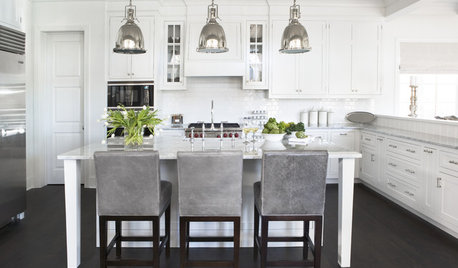
REMODELING GUIDESRenovation Detail: Tongue and Groove Ceilings
As camouflage for damaged surfaces or simply for their rich texture and beauty, tongue and groove ceilings create high impact
Full Story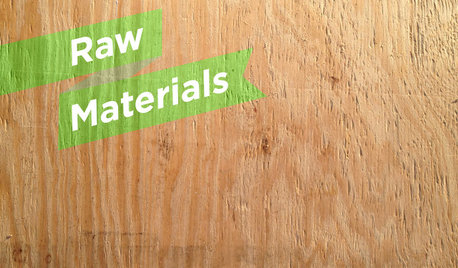
WOODThe Power of Plywood All Around the House
Of course you've heard of it, but you might not know all the uses and benefits of this workhorse building material
Full Story
WOODDesign Workshop: Plywood as Finish
Trendproof your interior with this sensible guide to using this utilitarian material indoors
Full Story
WOODTry DIY Plywood Flooring for High Gloss, Low Cost
Yup, you heard right. Laid down and shined up, plywood can run with the big flooring boys at an affordable price
Full Story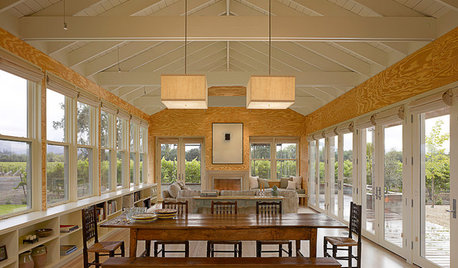
ARCHITECTUREDesign Workshop: The Beauty of Humble Materials
Discover the appeal of budget-friendly plywood, concrete and other modest surfaces
Full Story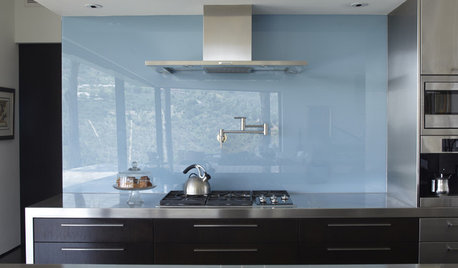
KITCHEN DESIGNThe Future of Backsplashes
Grout is out. Continuous sheets of glass, stone, metal and porcelain are saving cleaning time and offering more looks than ever
Full Story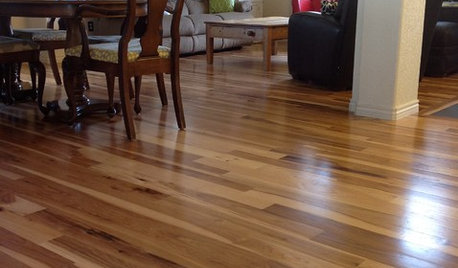
MATERIALSWhat to Ask Before Choosing a Hardwood Floor
We give you the details on cost, installation, wood varieties and more to help you pick the right hardwood flooring
Full Story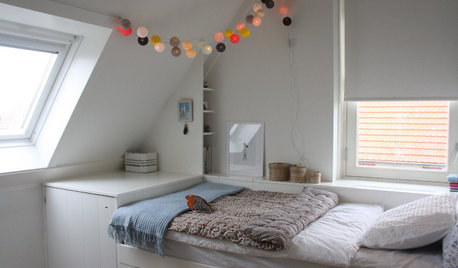
ATTICS14 Tips for Decorating an Attic — Awkward Spots and All
Turn design challenges into opportunities with our decorating ideas for attics with steep slopes, dim light and more
Full Story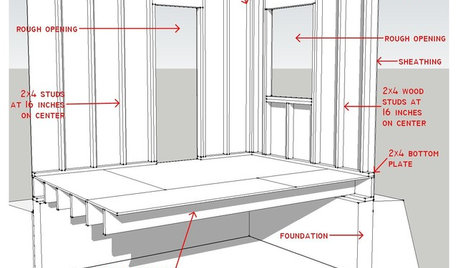
REMODELING GUIDESKnow Your House: Components of Efficient Walls
Learn about studs, rough openings and more in traditional platform-frame exterior walls
Full Story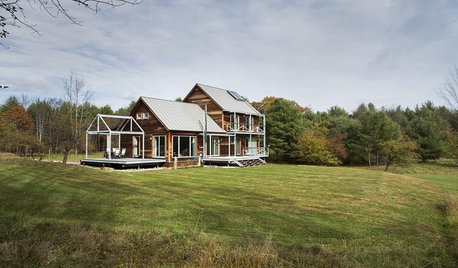
GREEN BUILDINGHouzz Tour: Passive House in Vermont Slashes Heating Bills
Its ecofriendly, low-maintenance design leaves a family with more time to relax and enjoy the weekend home
Full Story






Mark Bischak, Architect